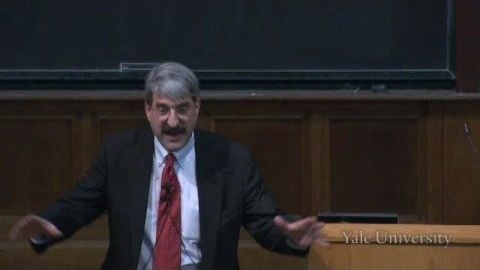
字幕與單字
9.進化、情感與理性。愛(特邀演講者) (9. Evolution, Emotion, and Reason: Love (Guest Lecture by)
00
CH 發佈於 2021 年 01 月 14 日收藏
影片單字
interesting
US /ˈɪntrɪstɪŋ, -tərɪstɪŋ, -təˌrɛstɪŋ/
・
UK /ˈɪntrəstɪŋ/
- adj.有趣的;有意思的;值得注意的;非凡的;(反諷地)有趣的;不尋常的
- v.t.有趣的;有趣
- adv.有趣地
A1 初級中級英檢
更多 使用能量
解鎖所有單字
解鎖發音、解釋及篩選功能
